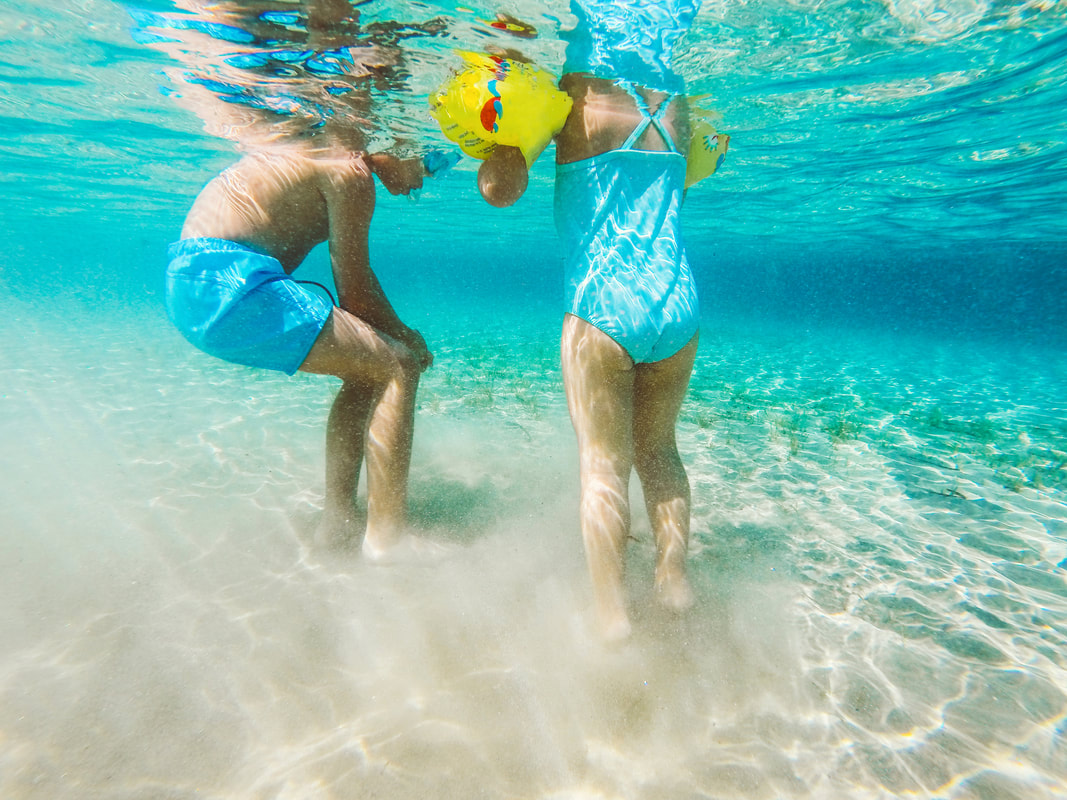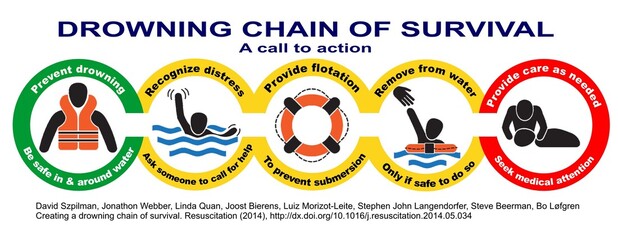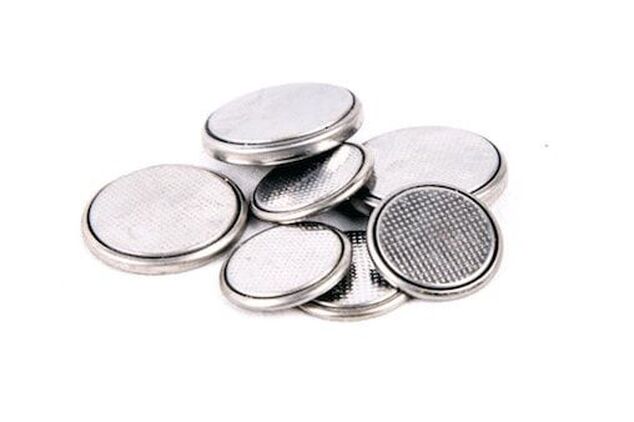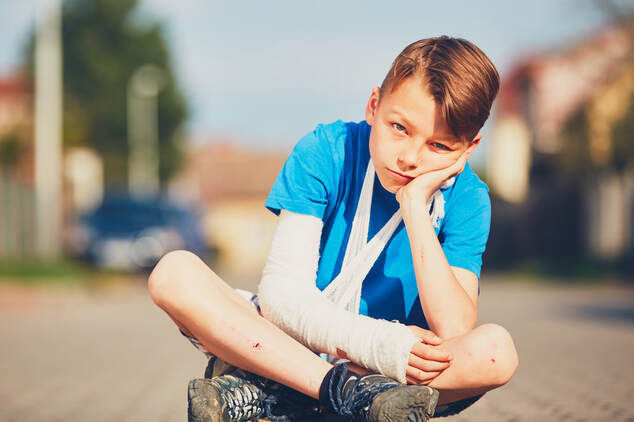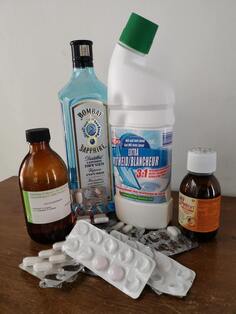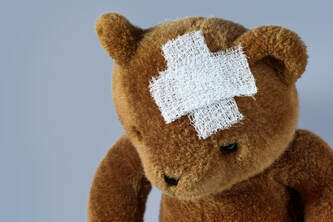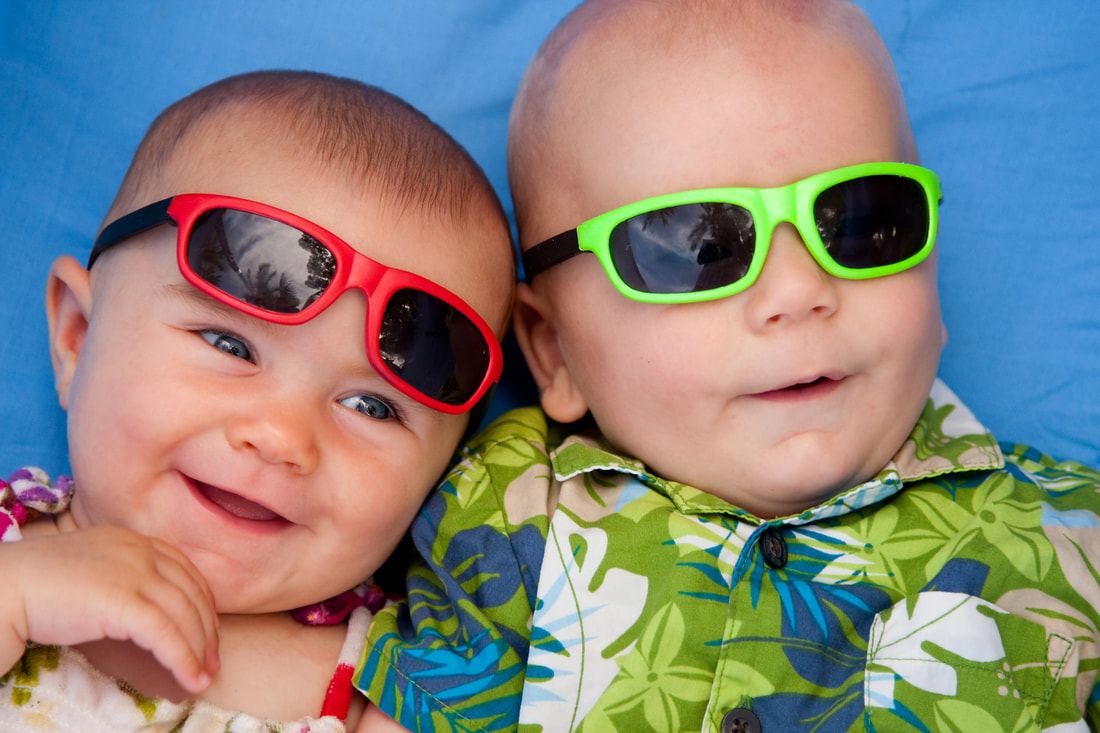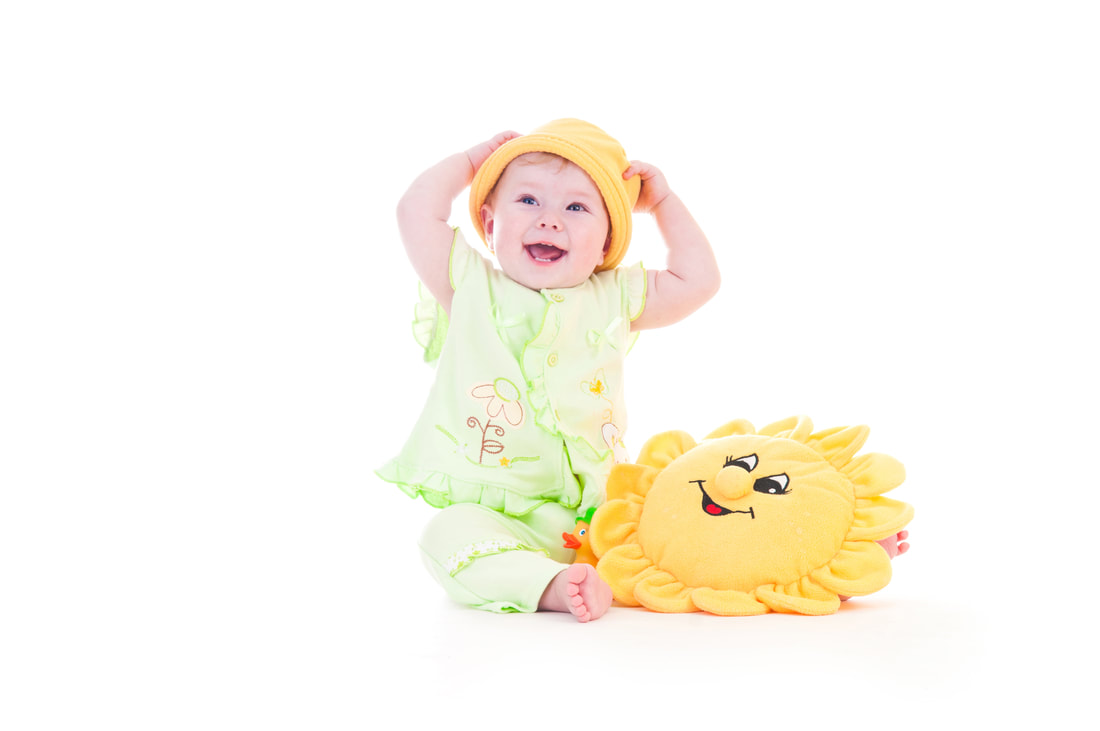The recovery position is essential when a casualty is unconscious and breathing normally. It is a sensible way of positioning someone to allow the tongue to flop forward and any fluids to drain out, ensuring they do not enter the airway. If the casualty stops breathing normally at any time, or demonstrates agonal breathing, you should start CPR.
Professor Keith Porter (Professor of Clinical Traumatology) has developed a further option that makes it easier for one person to roll someone into the recovery position with minimal movement of their spine.
The recovery postion with a spinal injury
NICE (National Institute of Clinical Excellence) estimate that approximately 700 people sustain a new spinal cord injury each year in the UK. In the UK there are currently 40,000 people living with long term disabilities as a result of such injuries.
Helping the casualty to maintain a clear airway is critical and takes priority over any suspected spinal injury, as if their airway is blocked they are unable to breathe. Therefore, to maintain an open airway, anyone who is unconscious and breathing, should be rolled onto their side into the recovery position. Spinal injuries can be unstable and it is vital that in moving the casualty, you don’t cause further damage to the spinal cord. If there are multiple people able to assist, then supporting the head and neck, and log rolling the casualty may be a better approach to minimise movement to their spine. However, if you are on your own, Professor Porter’s alternative approach is simple and effective.
It is incredibly important to keep the spine in line and avoid them twisting. It is vital to keep checking the casualty is breathing.
Benefits of the new recovery position for suspected spinal injuries:
- Reduces risk of movement to spine and inducing paralysis
- Easier for a solo first aider to perform
How to do it:
Check out this film from First Aid For Life:
youtu.be/-fbLFE4X3gE

